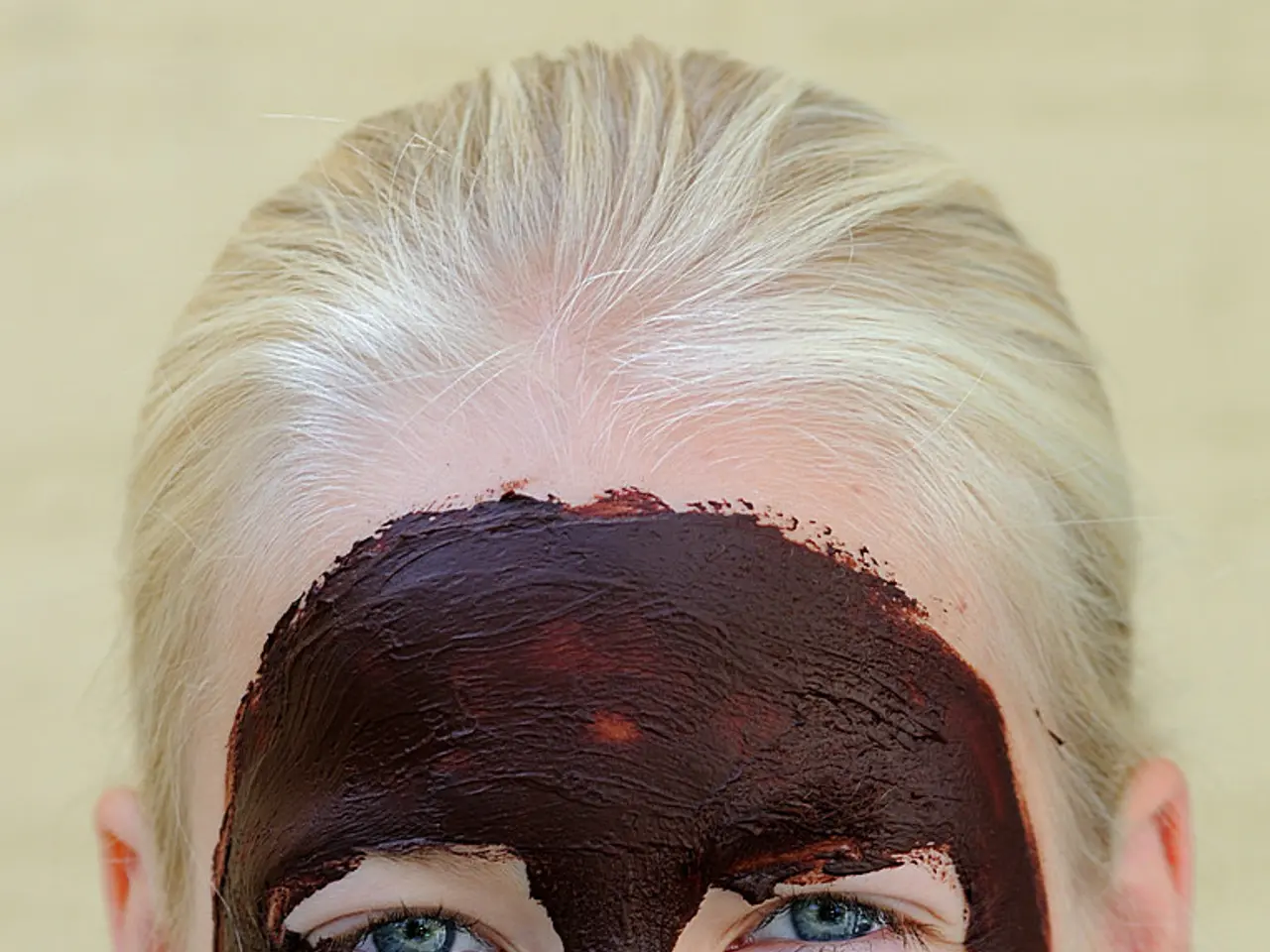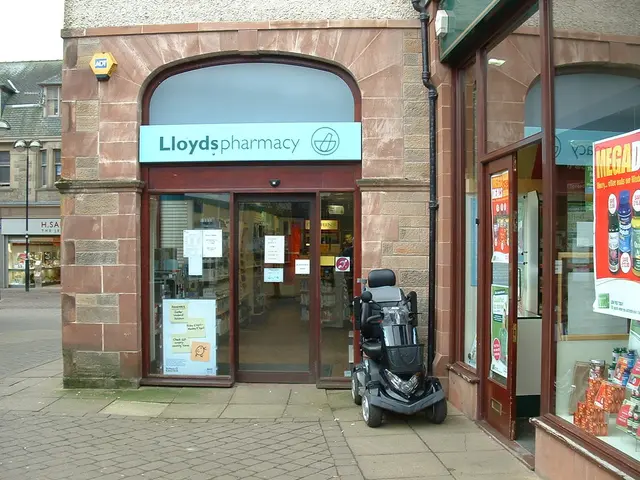"Photos and data on skin cancer rates across racial and ethnic groups"
In the United States, skin cancer is a significant health concern, with incidence rates, appearances, and survival rates varying notably among different racial and ethnic groups.
White individuals have the highest incidence rates of skin cancer, particularly melanoma, due to their lighter skin pigmentation and greater UV sensitivity. In contrast, skin cancer is less common in Black, Hispanic, Asian, and Native American populations. This is largely because increased melanin, a pigment that provides some natural protection against UV damage, is more prevalent in these groups.
However, despite lower incidence, people with darker skin tones often experience delayed diagnosis, leading to more advanced disease stages at detection and consequently worse survival outcomes. For example, the five-year melanoma survival rate for Black patients is about 67%, compared to 92% for White patients. This disparity stems from limited public awareness, less frequent screening, atypical presentation of lesions, systemic healthcare biases, and underrepresentation in diagnostic tools and clinical research.
Lesions may present differently in people with darker skin, which increases the risk of misdiagnosis or missed diagnosis. Common skin cancer lesions in darker-skinned populations can appear on less sun-exposed areas, such as palms, soles, and under nails, differing from the typical sun-exposed site distribution in lighter-skinned groups.
Social determinants such as access to healthcare, insurance, socioeconomic status, and medical education also influence disparities in detection and treatment outcomes. These factors, combined with biological differences and limited inclusion in clinical trials, contribute to survival disparities among racial and ethnic groups.
Researchers have noted that language barriers may make public health information about skin cancer and sun protection less accessible to Hispanic people. A 2019 study suggested that the increase in melanoma among Hispanic people in the U.S. may be due to people adopting American culture, which may result in people taking fewer precautions against sun damage or spending more time outside.
The American Academy of Dermatology recommends monthly skin checks and annual skin exams with a dermatologist. People of Color may prefer to speak with a dermatologist with experience treating diverse skin types, and can find a doctor with this knowledge and experience by searching the Skin of Color Society directory.
In lighter skin tones, skin cancer may be red, brown, or black. In deeper skin tones, it may be a similar color to the surrounding skin or darker. The ABCDE acronym can be used to check for any cancerous signs in a growth or rash: Asymmetry, Border irregularity, Colour variation, Diameter larger than 6mm, and Evolution over time.
Melanoma is the most common type of skin cancer in the U.S. and around the world. It is about 20 times more common in white people than in Black people. Non-melanoma skin cancer includes squamous cell carcinoma (SCC) and basal cell carcinoma (BCC). SCC is the most common skin cancer among African American and Asian Indian people and the second most common among Hispanic, Chinese, and Japanese Americans. Mortality rates from SCC are disproportionately high in People of Color, with estimates ranging from 18-29%.
Systemic racism impacts skin cancer diagnosis and treatment in the U.S., reducing access to health insurance for some racial and ethnic groups. Black people are more likely to receive a skin cancer diagnosis at a later stage of the disease than white people and are more likely to face longer delays between diagnosis and treatment. The group with the highest mortality risk from melanoma, 81 months after receiving a diagnosis, is non-Hispanic Black people.
In conclusion, while skin cancer is less common in Black, Hispanic, Asian, and Native American populations, survival rates are lower due to late-stage diagnosis and healthcare access disparities. It is crucial to increase public awareness, improve access to healthcare, and encourage regular skin checks for all racial and ethnic groups to reduce these disparities.
- Hispanic individuals may face language barriers that make public health information about skin cancer and sun protection less accessible, which could contribute to increased melanoma rates among this population.
- Monthly skin checks and annual skin exams with a dermatologist are recommended for both light and darker skin tones to help detect skin cancer at an early stage.
- People of Color may prefer to speak with a dermatologist with experience treating diverse skin types, such as those found in the Skin of Color Society directory.
- Despite lower incidence rates, people with darker skin tones often experience delayed diagnosis of skin cancer, leading to more advanced disease stages at detection and consequently worse survival outcomes. This disparity stems from various factors, including limited public awareness, systemic healthcare biases, underrepresentation in diagnostic tools and clinical research, and social determinants such as access to healthcare, insurance, and socioeconomic status.




